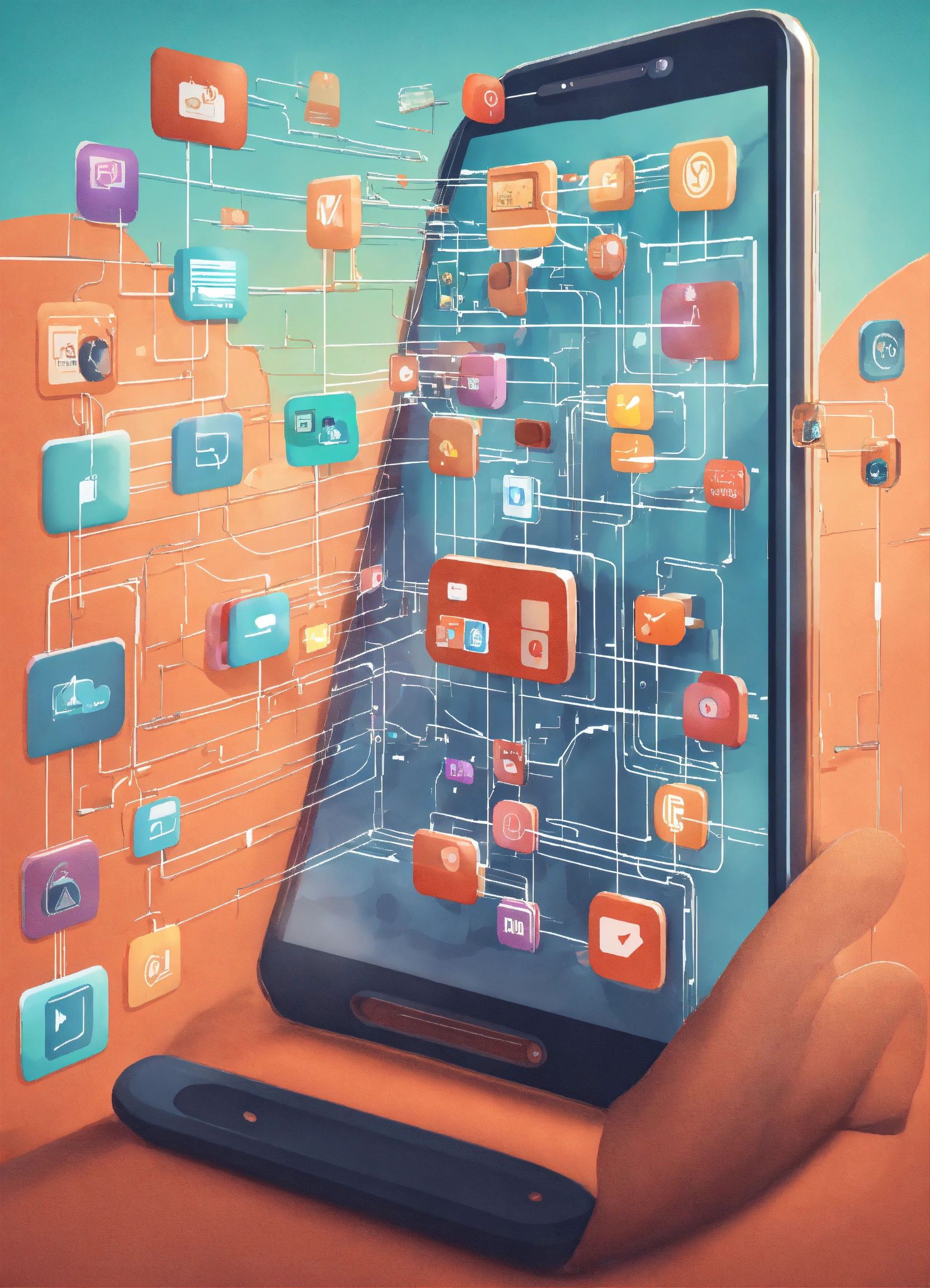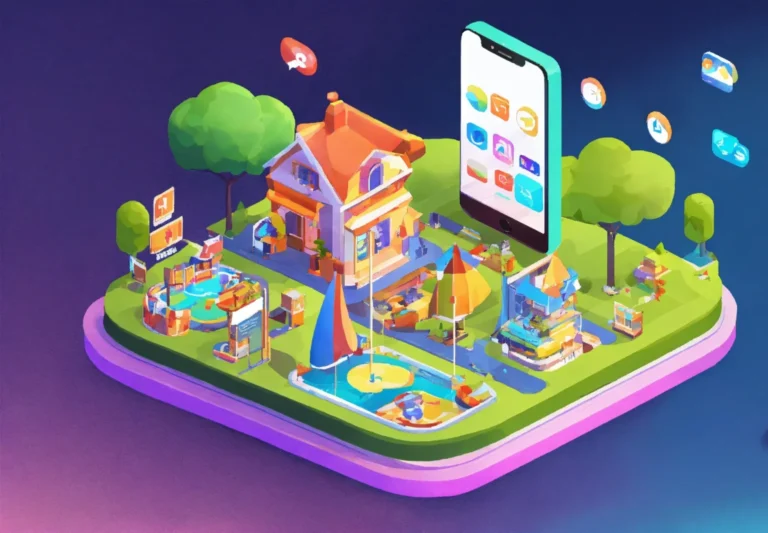Many of you are aware that mobile technology has rapidly transformed over the past few decades, shaping the way you communicate, work, and entertain yourself. As smartphones become increasingly central to your daily life, it’s crucial to understand the key advancements that have brought us to the present. From cutting-edge processors to enhanced connectivity features like 5G, these advancements promise a more integrated and immersive experience. Join us as we explore the evolution of mobile technology and discuss what you can expect next in the world of smartphones.
The Rise of Mobile Technology
The Early Years of Mobile Phones
As a new technology, mobile phones began their journey in the early 1980s with bulky devices that limited functionality. Rise of the mobile phone introduced a revolutionary way to communicate, paving the way for connectivity beyond just landlines. Initially, these devices were expensive, catering to a niche market primarily focused on voice calls.
The Transition to Smartphones
To understand the groundbreaking shift in mobile technology, you must recognize the transition from basic mobile phones to smartphones. Years of innovation led to the development of smartphones in the late 1990s and early 2000s, which combined the functionality of a mobile phone with that of a personal digital assistant (PDA). This marked a significant change, as users could now access the internet, send emails, and use applications all in one device.
Years progressed, and it became evident that the demand for mobile computing was growing. You witnessed the advent of powerful operating systems like Apple’s iOS and Google’s Android, which allowed third-party applications to thrive, transforming how you interact with your phone. This transition wasn’t just about added features; smartphones became necessary tools in your daily life, providing access to social media, banking, and even navigation, all at your fingertips.
Key Innovations in Mobile Technology
Mobile technology has consistently evolved through numerous key innovations, shaping how you use your devices.
Phones have integrated features such as touchscreens, high-resolution cameras, and app ecosystems, which have profoundly impacted your daily life. With the rise of 4G and now 5G networks, your connection speeds have increased, allowing for seamless streaming and instant access to information. Moreover, advancements in battery technology and semiconductor design have made smartphones more powerful and reliable than ever, thus shaping your interaction with technology in previously unimaginable ways.
Current Trends in Smartphone Development
Even as technology continues to advance at a rapid pace, smartphones remain at the forefront of innovation. With each new model released, you can expect a plethora of upgrades and enhancements that cater to your evolving needs and preferences. Understanding these current trends will help you stay informed about what to expect in the near future.
The Role of 5G Technology
Any discussion about current smartphone trends must include the impact of 5G technology. This next-generation network promises enhanced data speeds, allowing you to stream, download, and share content like never before. The improved connectivity will support a range of applications, from gaming to smart home devices, transforming the way you interact with technology.
Advances in AI and Machine Learning
To keep up with user demands, smartphone manufacturers are increasingly integrating AI and machine learning into their devices. These technologies enable your smartphone to learn from your habits and adapt to your preferences, making everyday tasks more efficient and personalized.
Smartphone AI capabilities enhance features like photography, voice recognition, and battery management. For instance, using machine learning algorithms, your device can analyze scenes in real-time and optimize image quality, ensuring you take the perfect shot. Furthermore, AI-driven virtual assistants can anticipate your needs, learning to streamline tasks based on your routine, ultimately elevating your user experience.
The Impact of Ecosystem Integration
Ecosystem integration plays a crucial role in enhancing your smartphone experience. By connecting various devices and applications seamlessly, brands aim to create a holistic environment that simplifies your life and improves overall efficiency.
Another important aspect of ecosystem integration is its ability to foster interconnectivity among your devices. Imagine controlling your smart home devices or accessing data from your laptop directly through your smartphone. This interconnectedness not only boosts convenience but also provides a cohesive user experience, making it easier for you to manage various aspects of your digital life. As manufacturers continue to innovate in this area, you can expect even greater synergy between the devices you rely on daily.
Predictions for the Future
The Next Wave of Innovations
To stay competitive, smartphone manufacturers are focusing on innovative features that enhance user experience and functionality. Expect to see advancements in areas such as foldable displays, improved battery technology, and AI-driven personal assistants that learn and adapt to your preferences. You’ll also witness seamless integration with smart home devices, allowing for a truly interconnected lifestyle.
Potential Impacts of Quantum Computing
Predictions suggest that quantum computing will revolutionize how smartphones handle data processing and security. With this cutting-edge technology, you could experience lightning-fast processing speeds and enhanced data encryption that significantly improves your privacy and security.
Next, as we research deeper into the realms of quantum computing, you will likely see smartphones equipped with algorithms capable of solving complex problems in seconds. This advancement could lead to new applications in medicine, finance, and environmental science, pushing the boundaries of what your smartphone can achieve. Moreover, the potential for increased efficiency and reduced energy consumption will redefine how you perceive mobile technology.
The Evolution of User Interface Design
Evolution in user interface design is already shaping your smartphone interactions, and you can expect this trend to intensify. The introduction of gesture-based controls, virtual reality (VR), and augmented reality (AR) interfaces will create immersive experiences that change how you operate your device.
With these advancements, your smartphone’s interface will become more intuitive, making it easier to complete tasks while reducing the need for physical buttons. You may find yourself communicating with your phone in natural language or through eye movements, leading to a remarkably seamless experience. Enhanced customization options will ensure that your device reflects your personal style and needs, making technology truly yours.
Conclusion
With this in mind, you can expect the evolution of mobile technology to continue reshaping the landscape of smartphones in the coming years. As advancements in artificial intelligence, augmented reality, and connectivity emerge, your smartphone will increasingly become an indispensable tool in your daily life. Staying informed about these innovations will empower you to maximize the potential of your device and keep you ahead in an ever-changing tech environment. Embrace the future, as it promises exciting opportunities for enhanced functionality and user experience.





